Visiting Eastern Europe for the first time is exciting but can feel overwhelming. The stunning scenery and rich history attract many travelers. Simple mistakes can turn a fun trip into a stressful one. As a solo female backpacker, I discovered how a few missteps can affect your experience.
First-time traveler mistakes are underestimating cultural differences. Each country has its own customs, from greetings to dining habits. Paying attention to these details matters. Many travelers also forget practical things, like currency exchange and transportation, which can cause frustration.
Common mistakes to avoid:
- Not researching local customs
- Ignoring currency exchange rates
- Overlooking transport options
- Skipping travel insurance
- Not learning basic phrases
- Underestimating time zones
- Disregarding safety tips
- Packing too much
- Forgetting to check visa requirements
Understanding these blunders helps you prepare better. By knowing what to avoid, you can enjoy your trip with more confidence. So, gear up for an amazing adventure in this captivating region!
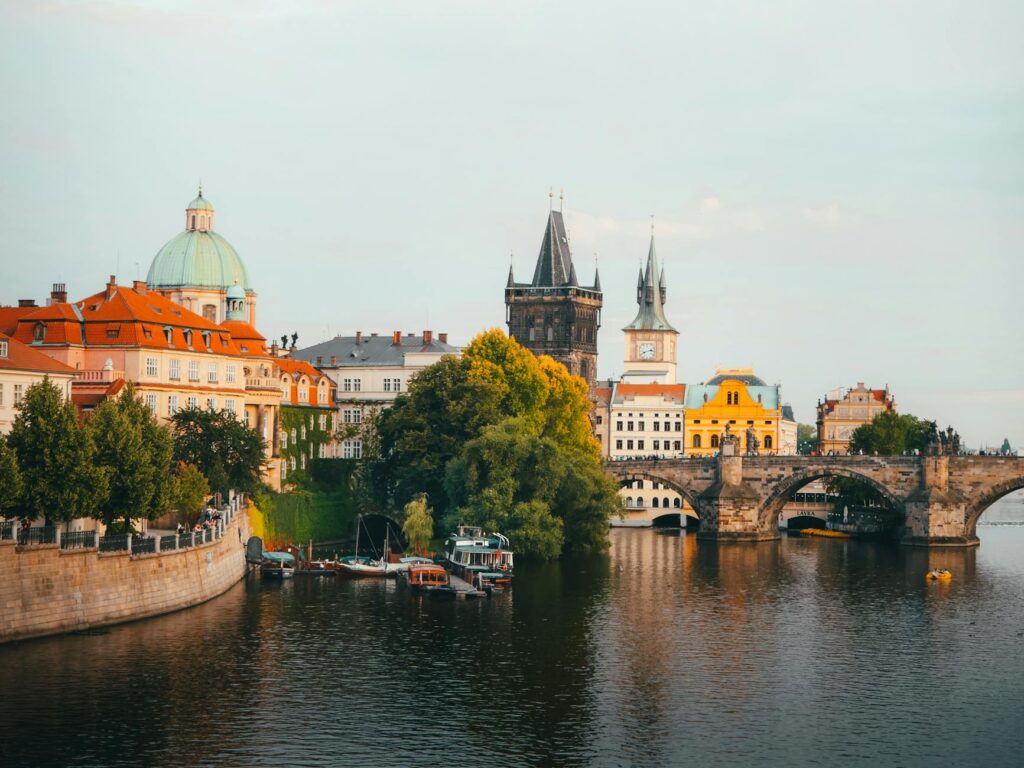
Understanding Eastern Europe
Eastern Europe offers many surprises and some misconceptions that can lead to awkward moments. To enjoy the culture and experiences here, it’s important to challenge common stereotypes. Understanding these realities can help you avoid mistakes as a first-time traveler.
Common misconceptions
A common misconception is that “Eastern Europe is dangerous.” While crime exists everywhere, many places in Eastern Europe are safe, like Prague, Budapest, and Krakow. They offer rich history, beautiful architecture, and friendly locals. Stay aware, just as you would in any major city.
Another belief is that “everyone speaks English.” While many younger people and those in tourist areas know some English, it’s not the norm in smaller towns or rural areas. Learning a few basic phrases in the local language can help you connect with locals and enhance your experience.
Cultural stereotypes
Cultural stereotypes often lead to misunderstandings. Many travelers see Eastern Europeans as reserved or unfriendly, but locals are usually warm and welcoming. Starting a conversation can shift that first impression and foster meaningful connections.
Many view Eastern Europe as a post-Soviet wasteland. While remnants exist, the region has vibrant cultures and lively cities. Local customs, foods, and festivals offer rich experiences that challenge this view. Trying traditional dishes or joining local celebrations reveals the area’s diversity.
As a solo female backpacker, I found that breaking these misconceptions made my travels more rewarding. Connecting with locals and understanding their differences enriched my experience and helped avoid misunderstandings.
Typical mistakes first-time travelers make
Eastern Europe can overwhelm first-time travelers. While exploring cobblestone streets and historic sites, I made mistakes. From planning to socializing, every detail matters. Learning from these experiences can smooth your trip. Here are common errors to avoid.
Underestimating travel times
I often underestimated travel times. I thought moving between countries would be easy. But travel varies a lot based on transport, road conditions, and distance. Delays happen with trains and buses, and scenic routes can take longer than expected.
To fix this, I used travel apps for accurate estimates. I added extra time for delays and allowed breaks between trips. This flexibility improved my travel experience and reduced stress.

Currency confusion
Managing different currencies can be challenging. Each Eastern European country uses its own money. I often found myself short on cash or struggling to exchange it. In some places, credit cards aren’t accepted, so having local currency is essential.
I started withdrawing cash before trips and using local ATMs. Currency conversion apps helped a lot. Knowing local prices made it easier to read menus and understand market costs. Tracking my budget led to a better travel experience.
Ignoring local customs
Ignoring local customs can lead to awkward moments. Each country has its own social norms. A simple nod may work in some places, while others require a formal greeting.
Learning a few local phrases helped me build connections. It’s important to research or ask about customs, especially in social settings. This knowledge can prevent embarrassing situations and lead to positive interactions, making travel more enjoyable.
Practical tips to avoid mistakes
Traveling to Eastern Europe for the first time can be exciting. Prepare well to avoid mistakes that could spoil your trip. Here are some tips to help first-time travelers enjoy these beautiful countries.
Learn basic phrases
Learning a few basic phrases in the local language can really improve your travel experience. A simple “hello,” “thank you,” and “please” can make a big difference. People appreciate your effort and will often respond more warmly.
To get started, consider using language apps like Duolingo or Babbel. They offer bite-sized lessons that make learning fun and manageable. I also found flashcards and YouTube videos helpful for grasping pronunciation.
A few essential phrases to learn for Eastern Europe include:
- Hello (Cześć in Polish)
- Thank you (Děkuji in Czech)
- Please (Proszę in Polish)
These small steps can help you connect with locals and avoid the misunderstandings that often arise when you don’t speak the language.
Travel smart with apps
In today’s digital age, utilizing travel apps can save time, money, and stress. For transportation options,FerryScanner can be a helpful tool when planning ferry trips across Eastern Europe. It simplifies booking ferries and ensures you stay on track with your travel plans.
For navigation, I also recommend using Google Maps, which provides accurate directions and public transport options. Language translation apps like Google Translate are lifesavers for communication barriers.
Here are a few essential apps and resources for your journey:
- FerryScanner: Ideal for planning ferry routes across Europe.
- Google Maps: For navigation.
- Google Translate: To overcome language barriers.
- XE Currency Converter: For managing your money.
Having these tools simplifies travel planning and makes the journey more enjoyable.
Budgeting strategies
Traveling in Eastern Europe can be budget-friendly with smart planning. Managing your finances is key to enjoying your trip. Start by creating a budget to avoid overspending on hotels and activities.
Check global exchange rates and use local ATMs for cash. Credit cards are great, but keep cash for markets and small shops. Research prices for activities beforehand to find good deals.
Here are some budgeting strategies to consider:
- Set daily limits: Allocate a specific amount to spend each day.
- Track expenses: Use budgeting apps like Trail Wallet to monitor spending.
- Eat like a local: Choose cafes and street food rather than expensive restaurants.
By implementing these budgeting strategies, I managed to stretch my funds and experience more of what Eastern Europe has to offer.
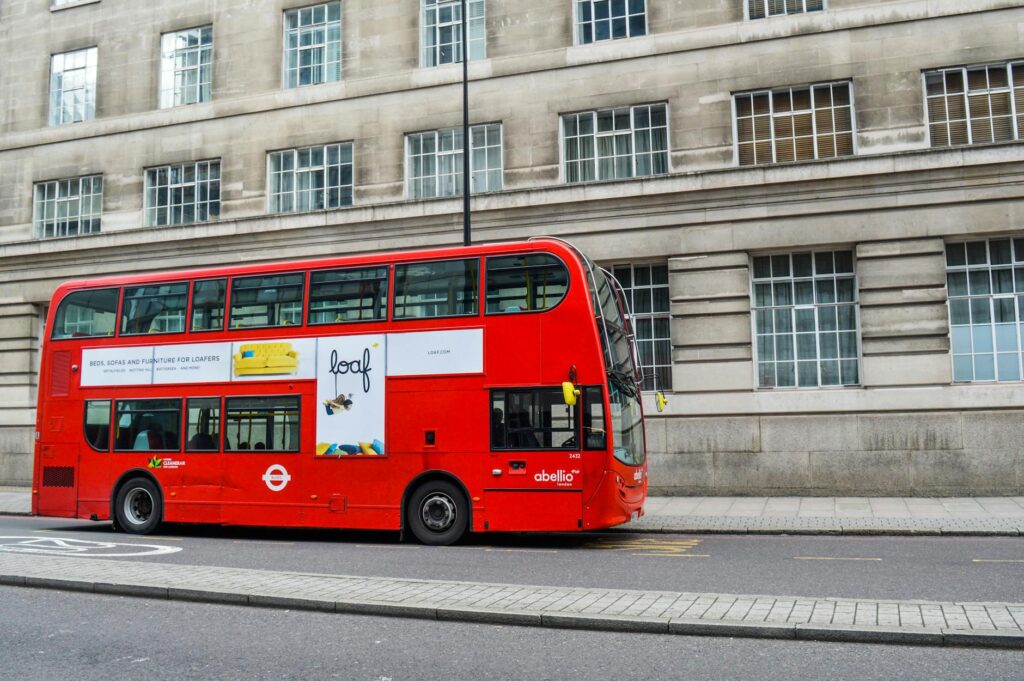
Transportation tips
Getting around Eastern Europe can be an adventure. Major cities have many transportation options. Picking the right one makes travel easier and more enjoyable. Here are some useful tips on public transport and car rentals that I wish I had known before my trip.
Public transport options
Public transport in Eastern European cities is reliable and easy to use. Cities like Prague, Budapest, and Warsaw have strong bus, tram, and metro networks. I was excited to find these convenient options when I arrived.
When using public transport, buy your ticket in advance. Ticket rules vary by city. In Budapest, you can get tickets at kiosks or machines. Check if you need to validate them before getting on. Just having a ticket doesn’t mean you’re ready to go.
For longer stays, consider getting a travel card. It offers unlimited rides for a set time, saving you money and hassle. In places like Prague, you can choose cards for 1, 3, or 7 days, covering all public transport options. These cards really helped me save time and cash.
Car rentals and alternatives
Renting a car is fun for checking out small towns and the countryside. Driving in another country can be tricky. When I rented a car in Hungary, I noticed the road signs and rules were different. Always read the rental agreement for mileage limits and insurance. Not all companies include basic insurance. Learn about local driving laws and tolls, like getting a vignette sticker for highways.
Ride-share services like Bolt and Uber are popular in Eastern Europe. I felt safer in Prague at night using them instead of public transport. Prices may rise during busy times. With a good plan, you can explore Eastern Europe with confidence. Stay informed to avoid common issues, whether you rent a car or use public transport.
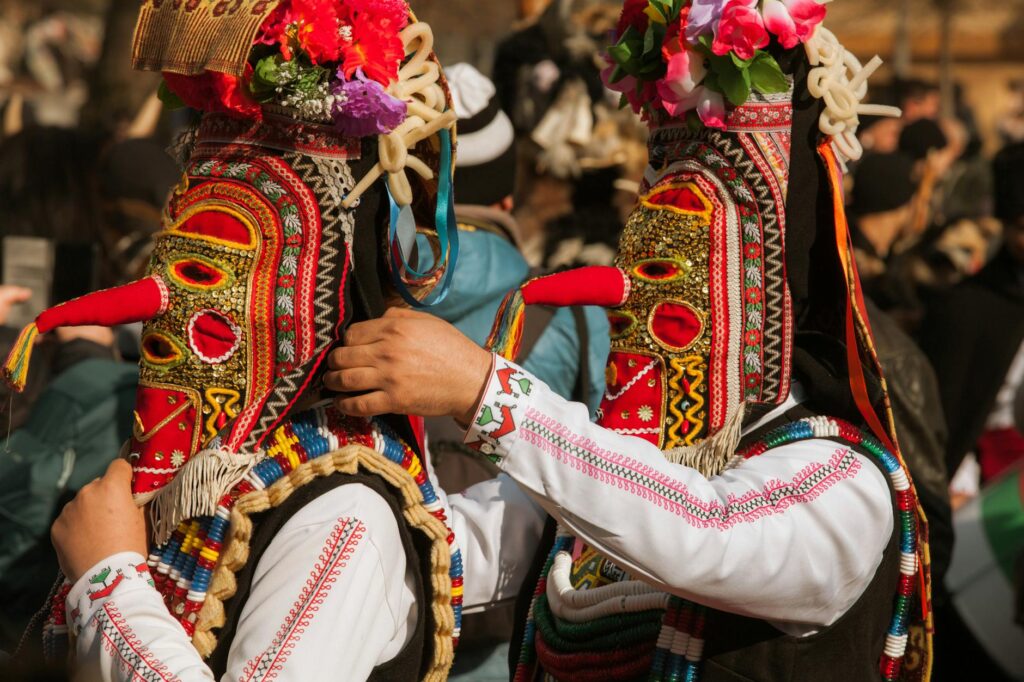
Respecting local customs and traditions
Traveling in Eastern Europe means enjoying amazing views and tasty food while connecting with local cultures. Respecting customs and traditions can really boost the experience. It’s all about creating memorable connections.
Avoiding cultural faux pas
First-time travelers often inadvertently make cultural missteps that can lead to uncomfortable situations. Understanding these missteps is key to deepening your travel experience. Here are a few common mistakes to watch out for:
- Greeting customs: A simple nod or handshake isn’t enough everywhere. In Poland, for example, a firm handshake and direct eye contact are standard. Knowing how to greet locals helps foster positive interactions.
- Dining manners: Eastern European countries have unique dining rules. In Hungary, wait for the host to start eating. I learned this the hard way and felt embarrassed. Researching local dining customs can help you avoid mistakes.
- Dress codes: When visiting religious sites, dress appropriately. Many places expect modest clothing. I always pack a scarf and long pants or a skirt to show respect.
Avoiding these common cultural missteps can lead to richer interactions and a more enjoyable journey.
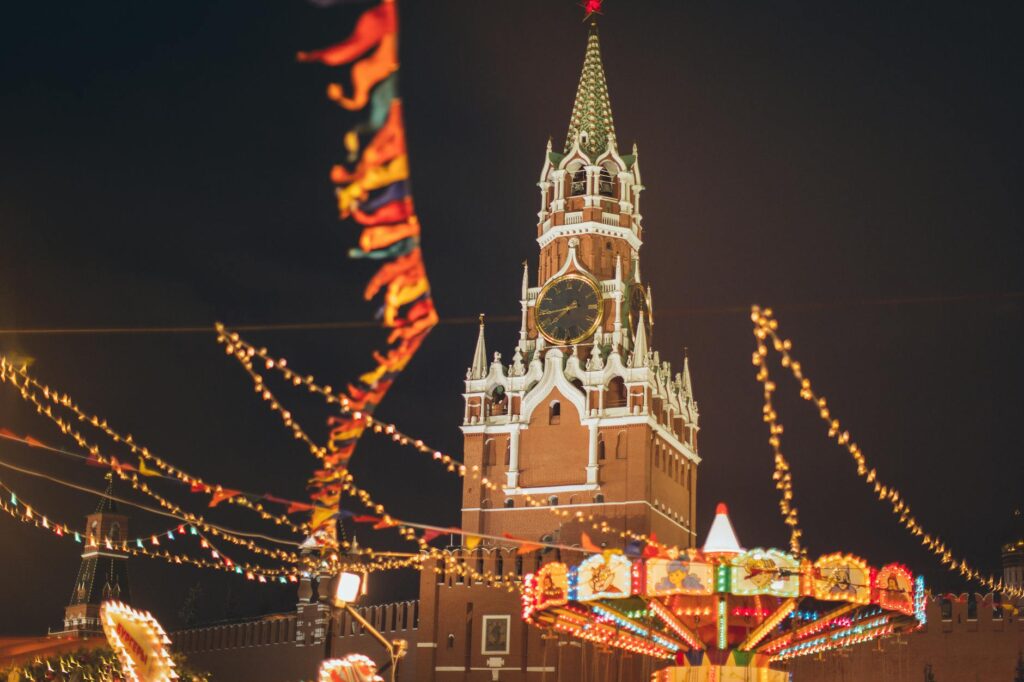
Embracing unique experiences
Eastern Europe is full of traditions and festivals that showcase the culture. Engaging in these experiences can make your trip special. Here are a few ways to immerse yourself:
- Attend local festivals: Eastern Europe hosts vibrant celebrations all year. The Krakow Christmas Market features handmade goods and delicious food. These events let you bond with locals and enjoy a welcoming vibe.
- Join in on customs: Get involved in local dances, workshops, or cooking classes. I took a Ukrainian cooking class and learned to make pierogi with a local family. This boosted my cooking skills and created great memories.
Experiences in Eastern Europe give you a fresh perspective on the culture. Engaging with locals deepens your travel experience and creates lasting memories.
Respecting local customs enriches your journey and helps avoid misunderstandings. This appreciation builds connections that make your travels memorable.
Final thoughts
First-time traveler mistakes can take away from the joy of exploring Eastern Europe. Learning about local customs and managing currency are essential. Each lesson learned makes future trips smoother. Stay informed and keep an open mind as you travel.
Understanding cultural details helps build connections that enhance your experience. Travel should be enjoyable, not stressful. Take time to research, chat with locals, and enjoy the unique tastes of this lively area.
Next steps:
- Research local customs.
- Manage your currency wisely.
- Engage with locals.
- Savor regional foods.
- Stay open-minded.
As you start your journey, keep these tips in mind. Enjoy the beauty of Eastern Europe and create lasting memories. What adventures await you?
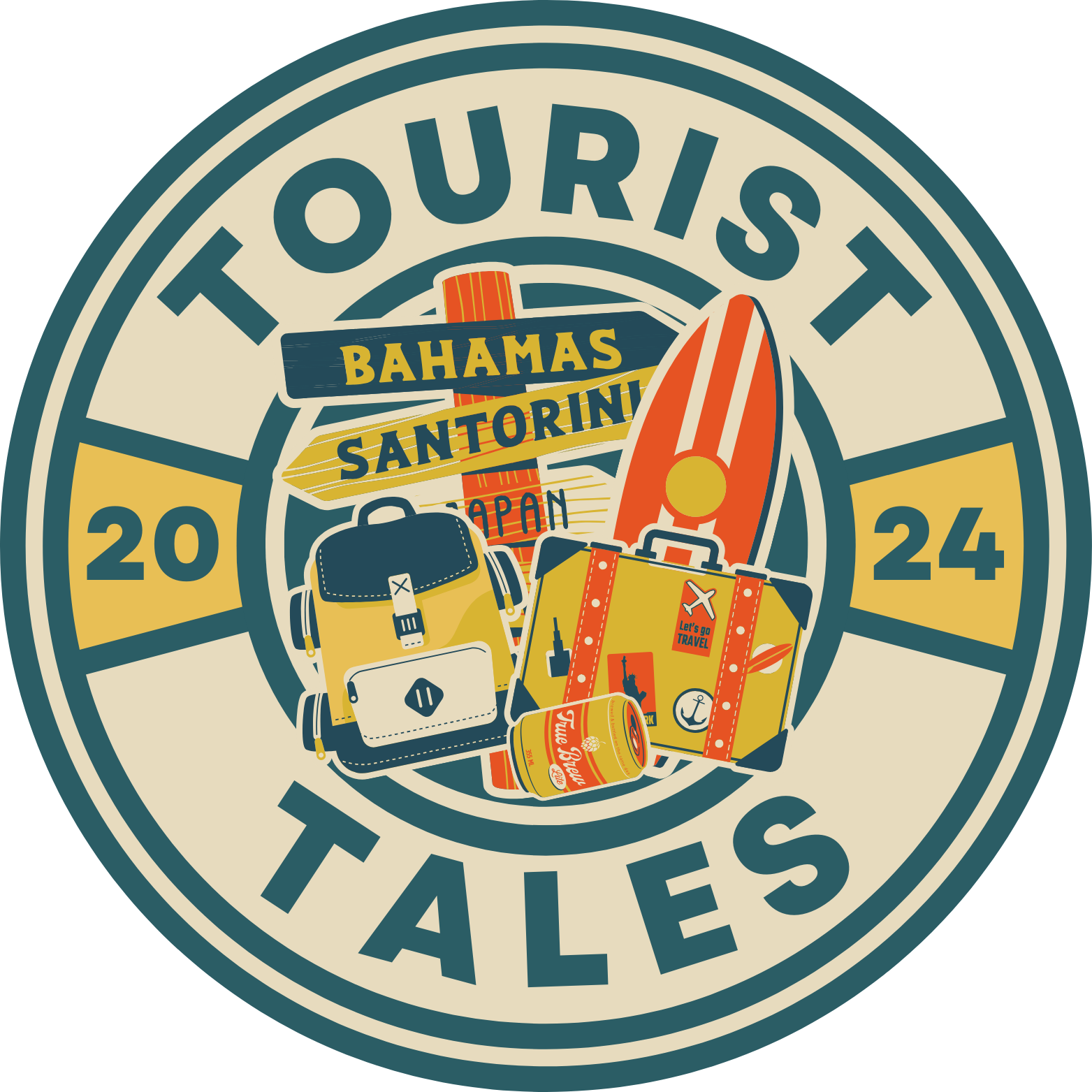

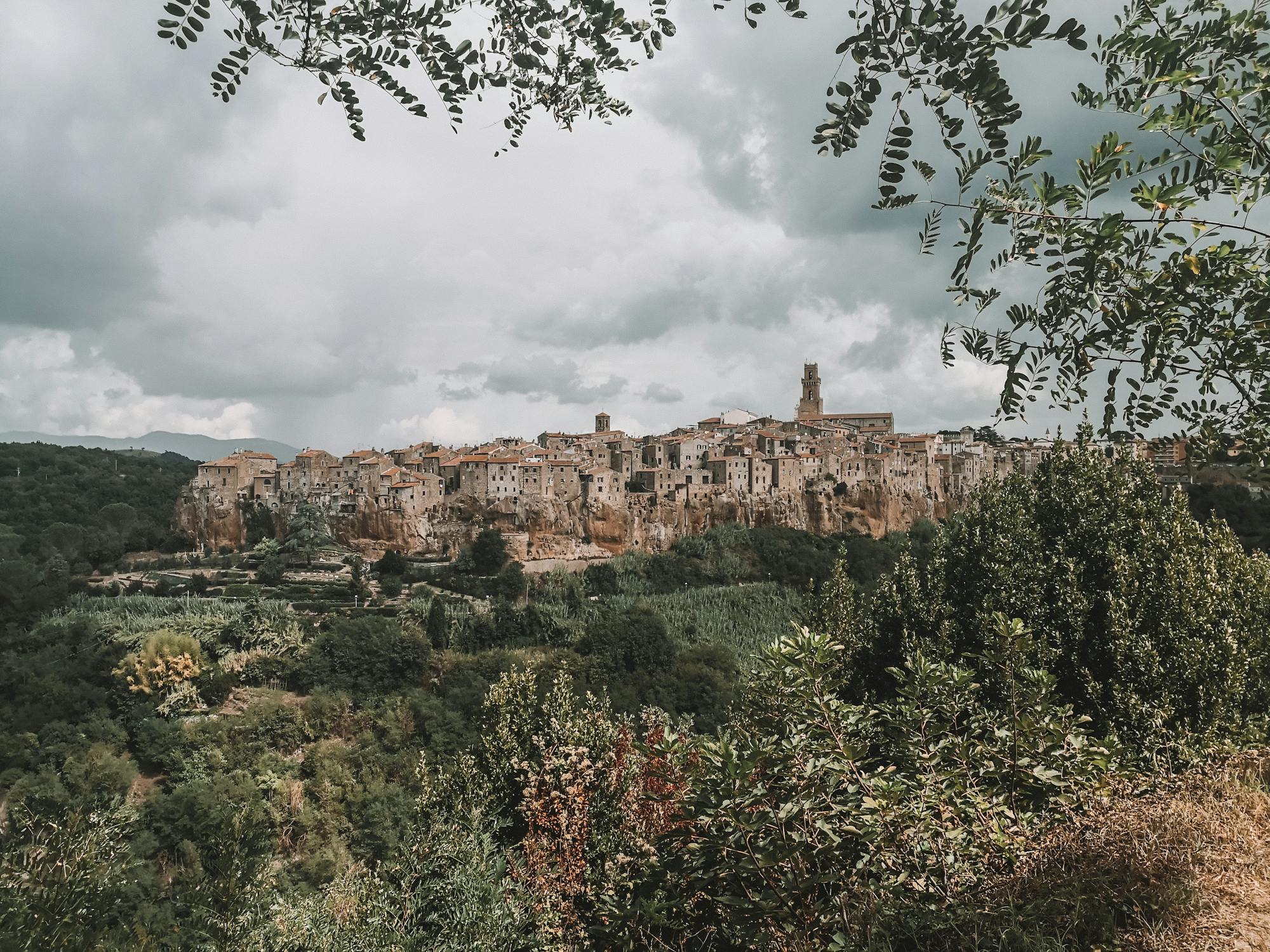
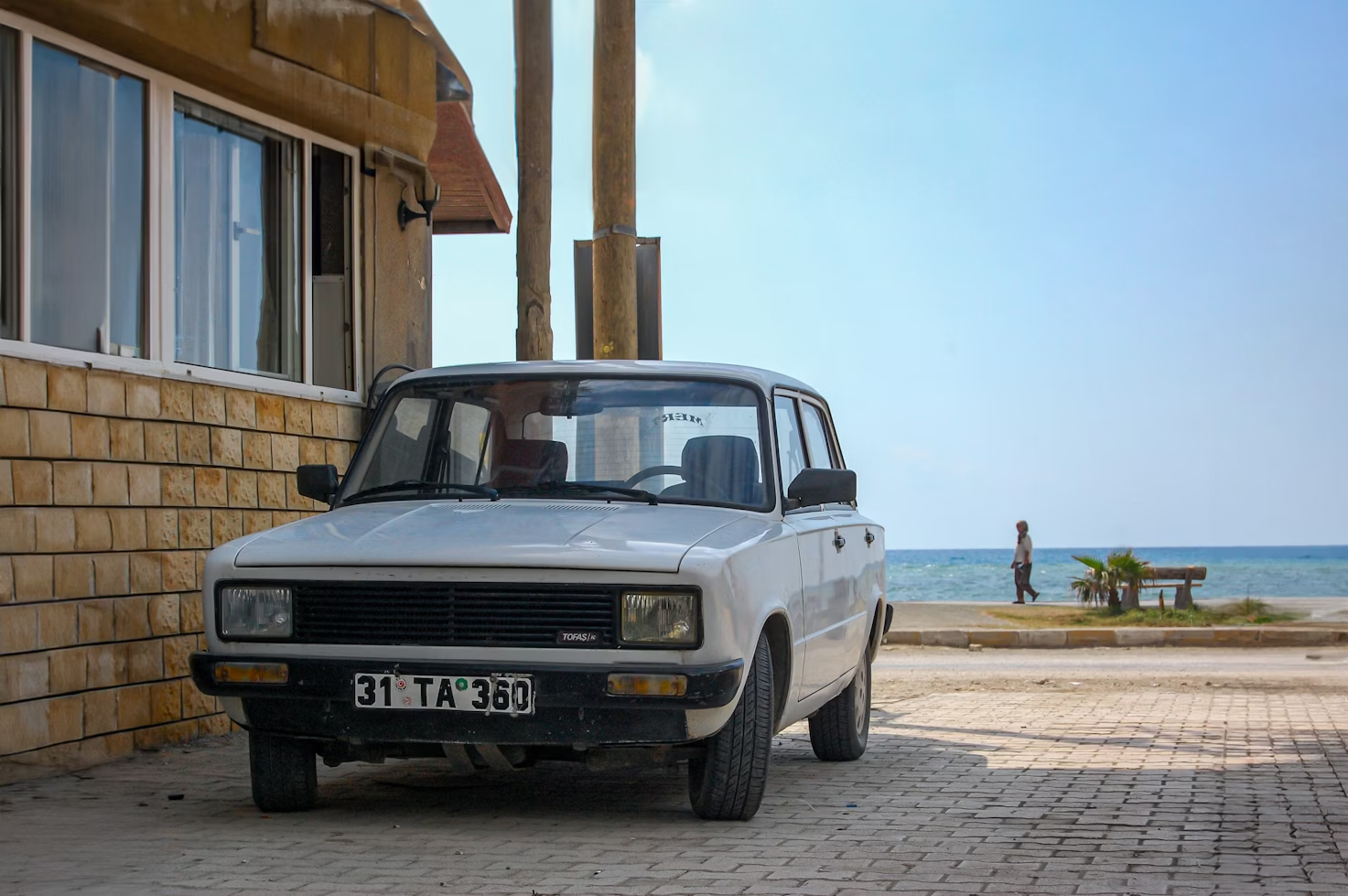

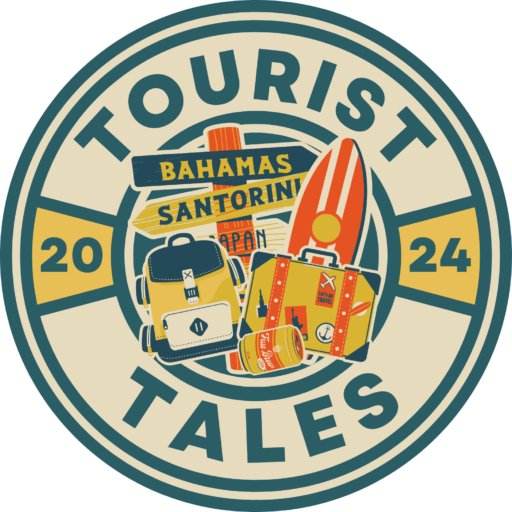
13 Responses
Read the section on ‘Ignoring local customs’ and couldn’t agree more. Made that mistake myself when I first traveled to Eastern Europe. A bit of research goes a long way, peeps. Definitely something first-timers need to look into more.
any particular customs you wish you knew about before going?
Yeah, like in some places, it’s pretty important to take your shoes off before entering someone’s home. Also, learning how ‘cheers’ works in different countries saves awkward moments. Small stuff but it adds to the experience.
Loved the piece on ‘Travel smart with apps’. Used a train app last time I was hopping across Poland. Total game changer. Saves so much time and headache.
Curious about the ‘Currency confusion’ part. In my experience, it’s becoming less of an issue with card payments being so universal. Though, I guess not every place is card-friendly yet, especially in the more remote areas.
For anyone reading about the ‘Public transport options’, don’t underestimate the efficiency of buses in some eastern European countries. Cheaper than trains and often with beautiful scenic routes. Best way to see the countryside, imho.
The section on ‘Respecting local customs and traditions’ is spot on. Understanding the history behind these customs adds so much depth to any visit. I believe it’s essential for any traveler to not just be a tourist but a respectful guest.
‘Embracing unique experiences’ spoke to my soul. Traveling in Eastern Europe is like uncovering the many layers of an ancient manuscript, each city a different chapter, full of stories and mysteries. It’s a journey of self-discovery.
On ‘Budgeting strategies’, does anyone have tips for daily budgets in cities like Prague or Budapest? Trying to plan a trip without breaking the bank but want to enjoy too.
Prague can be quite affordable if you stay away from the main tourist spots. Local eateries and markets are your friend. Budapest is similar, plus lots of free walking tours that are tip-based.
Can’t wait to hit the Carpathians! That ‘Transportation tips’ section is going to be my bible. Anyone done any climbing there before?
Absolutely vibing with the ‘Understanding Eastern Europe’ intro. It’s like setting the stage for a grand musical journey. Any jazz spots in Eastern Europe that are a must-visit according to you guys?
Got super excited reading about the ‘Embracing unique experiences’ part, especially the food culture in Eastern Europe. There’s so much more beyond the usual borscht and dumplings. Can’t wait to explore the street food scenes in Budapest and Krakow!